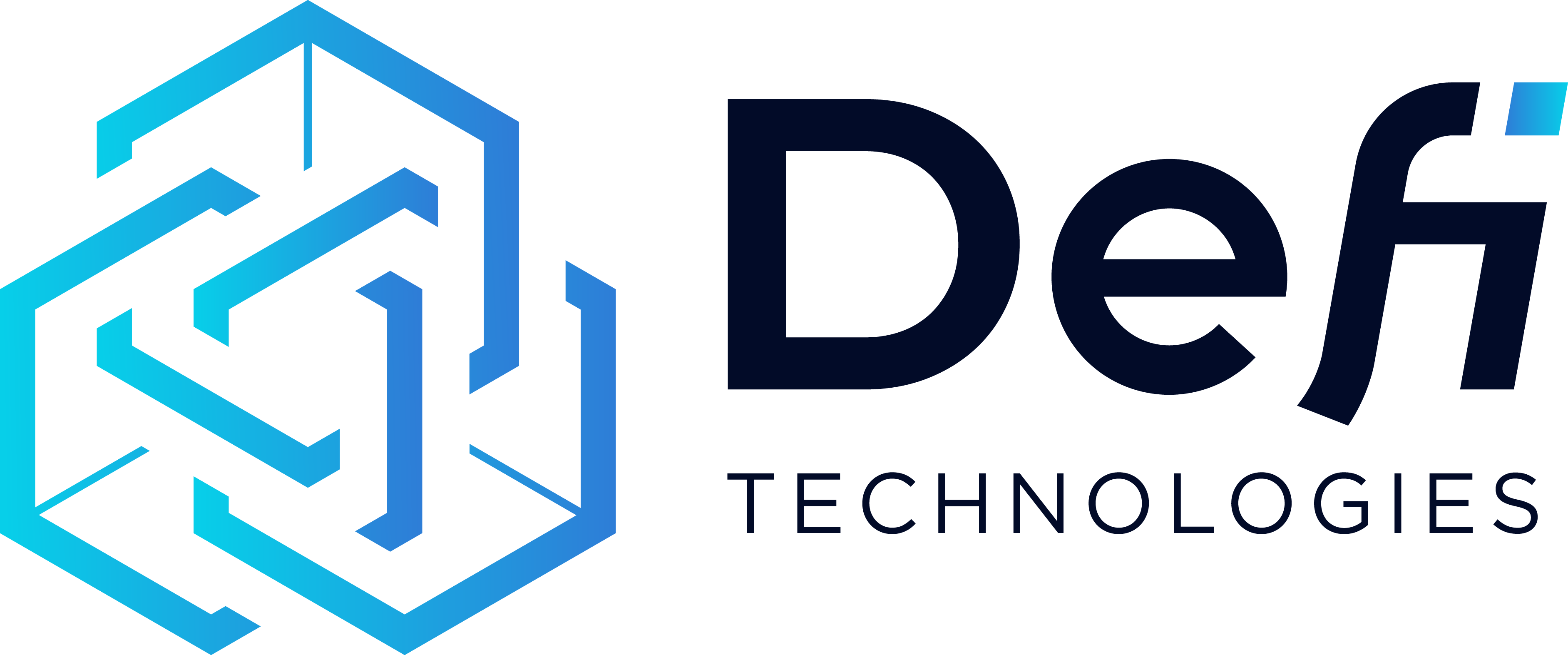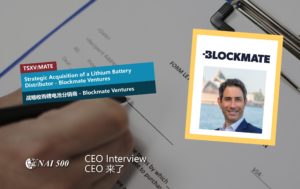DeFi is Taking On Wall Street One Smart Contract at a Time

Regardless of how you feel about crypto investing, no one can argue that DeFi isn’t way more exciting than traditional banking.
DeFi, aka decentralized finance, has opened up the world of investment banking to literally anyone with a crypto wallet and an internet connection. In less than a year, DeFi has managed to replicate virtually all of Wall Street – without Wall Street. So, say goodbye to blue suits and hello to …people making a living playing blockchain games?
We said DeFi was more fun than banking, and some people are really taking that to heart. For example, in the Philippines and Vietnam, people are quitting their day jobs to take up Axie – a massive multiplayer online game (MMO) – with some players raking in upwards of $1,200 a day. How is that possible? DeFi.
Evan Luthra, top 30 Under 30 tech entrepreneur and blockchain expert, explains in CoinTelegraph:
“When players play the Axie Infinity game, they earn the native token Small Love Potions (SLP), and these tokens are needed by the players to breed new Axies, which are charged by Axie. Axie also charges a 4.25 percent fee for buying and selling Axies on the platform. Players can also decide to sell SLP tokens to other players on an open marketplace if they decide to cash out these tokens.”
Those familiar with MMO games may already know how lucrative they are. Players gather up rewards, virtual items, or build characters and then sell them to other players for a profit. However, DeFi has now made this endeavour much more profitable for gamers by removing one nagging obstacle – the middleman. Previously, the majority of MMO trading was controlled by large gaming companies, but now with the rise of DeFi, players have the power to direct their transaction – and keep more of the profits.
In reality, gaming for cash makes up only a fraction of DeFi transactions. However, what this example highlights about the DeFi market is the ability for people to control their finances – and earn shockingly high returns while doing it.
The greater purpose of DeFi is to replicate complex finance systems utilizing code on a blockchain in place of people in a banking institution. With DeFi, transactions between participants are automatically executed according to smart contracts with no human involvement or control. Once your fiat is converted into crypto, you’ve left the world of traditional banking and finance and entered an alternative reality, one where all participants can executive the kinds of financial transactions previously reserved for a very few. The result is more freedom and fewer fees.
Ok, but how are people actually making money in DeFi?
For virtually any type of transaction that can be initiated in a centralized financial system, there is a DeFi protocol that can do the same. Decentralized exchanges (DEX) allow crypto holders to buy, sell, and trade cryptocurrency and tokens. However, DeFi also enables investors to earn passive income on their assets, similar to how you might earn a percentage on funds deposited with your bank. The difference is annual percentage yields (APYs) achieved through DeFi protocols far exceed what traditional banking institutions offer, with some protocols offering double- and triple-digit interest rates.
Lending, staking, liquidity, and liquidity mining
Lending enables crypto holders to earn a return on the assets by locking their assets into smart contracts. These assets can then be accessed by investors looking to borrow, and in return, lenders earn interest on their crypto proportional to the amount they locked into smart contacts.
This type of passive income is straightforward enough for even the most novice crypto investor to understand – lock in your crypto to earn interest, unstake to get them back.
Like lending, staking involves locking a certain amount of crypto up in a smart contract. However, with staking, users are pledging their assets to a specific network to help it validate transactions. In return, stakers earn income on their assets, usually in the form of tokens.
Liquidity is an essential part of a DEX. Decentralized exchanges operate on an Automated Market Maker system rather than a centralized order-booked based trading. For these transactions to execute seamlessly, these exchanges need to ensure they have sufficient token pairs to avoid excessive slippage and volatile price swings.
Liquidity providers receive a percentage of transaction fees for the pools they are providing liquidity for.
Liquidity mining is an extension of providing liquidity, which has grown to include other types of incentivized DeFi activities, including arbitrage mining, insurance mining, and trade mining.
Why are DeFi rates so high?
So, what’s the catch? How does investing in DeFi offer rates so far above traditional returns? There are two factors to consider.
First, by removing (expensive) humans and replacing them with (free) smart contracts, DeFi transactions cost significantly less to execute than with a traditional financial institution. This savings is passed right on to users.
Second, DeFi investing is a higher risk, higher reward endeavour. The DeFi market has grown exponentially, and many new players are clamouring to get into the game, each competing to attract more capital. However, this has led to an increased potential for fraud, theft, or other negative consequences for unsuspecting crypto investors.
An example of this type of scenario is a rug pull, a malicious maneuver where creators of a new token attract liquidity providers to a promising new project before abruptly abandoning the project and draining the liquidity pool, leaving the remaining investors with a worthless token.
The more a DeFi protocol has locked into smart contracts, the more robust and secure they are, making scams like a rug pull less likely to occur.
One Company to pay attention to in this booming market: DeFi Technologies
Another way people are expanding upon typical crypto trading utilizing the bourgeoning DeFi sector is through DeFi asset management. And one Company within this segment to watch out for is DeFi Technologies Inc. (NEO: DEFI).
This Canadian Company focuses on building shareholder value through managing assets in the DeFi sector. Over the past several months that have achieved impressive financial performance and are well-positioned to continue their meteoric growth.
In September, DeFi Technologies announced that 100% owned subsidiary Valour, a pioneer in digital asset exchange-traded products (ETPs), had surpassed US$208 million in assets under management (AUM). This figure marks a remarkable increase of over 1400% in eight months, with AUM doubling in the last two months.
Through Valour, DeFi Technologies also recently launched a new ETP, Valour Solana (SOL) SEK. The Valour Solana ETP will allow investors to gain exposure to SOL, the native cryptocurrency for the Solana ecosystem and trade it as easily as they would buying or selling regular securities.
Solana is the fastest growing blockchain ecosystem in the crypto universe and is currently the seventh most valuable coin by market cap, with a value of over US$44 billion.
In a recent update on their governance business, running one of the principal validator nodes for the Shyft Network, DeFi Technologies announced they had earned more than 300,000 Shyft tokens in just over two months. As they advance, the Company expects to generate 6,800 tokens daily, equating to 2,482,000 Shyft tokens per year. In addition to the Shyft tokens, DeFi Technologies earns transaction fees.
At the management level, there have been some exciting changes happening. The Company recently announced that former BlackRock director Frances Edwards would be joining the Valour team as chief operating officer (COO). Working closely with Valour CEO Diana Biggs and other management team members, Ms. Edwards will assist in leading the firm’s next phase of growth, including its expansion beyond Nordics and into additional European markets.
Disclaimer: The company described in this article is a customer of NAI Interactive Ltd. This material is for informational purposes only and is not intended as a recommendation or offer or solicitation for the purchase or sale of any securities or financial instruments, or for transactions involving any financial instrument or trading strategy.
Blockchain
Technology








